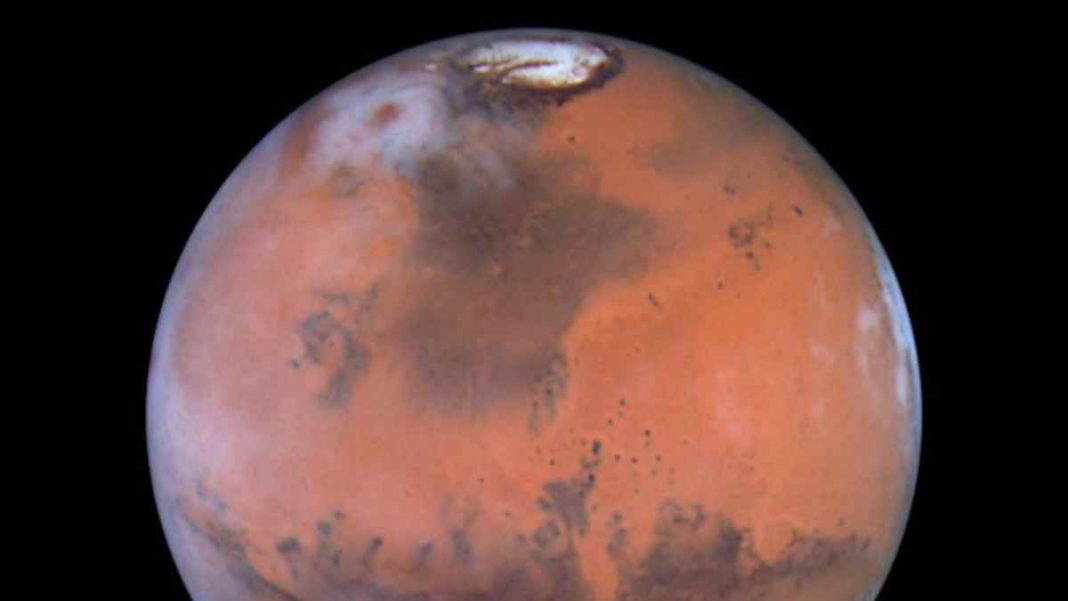INDIA: The Indian Space Research Organisation (ISRO) has set its sights on the Red Planet once again as it gears up for the much-anticipated Mangalyaan-2 mission. Nine years after the resounding success of its first Mars mission, Mangalyaan (Mars Orbiter Mission or MOM), ISRO is embarking on an ambitious journey to explore Mars in even greater depth.
Mangalyaan-2, also known as the Mars Orbiter Mission-2, is poised to carry four advanced payloads, each designed to inspect specific characteristics of Mars, including its atmosphere, environment, and mysterious interplanetary dust.
This announcement comes on the heels of ISRO’s triumphant Chandrayaan-3 mission to the Moon, cementing India’s reputation as a formidable force in the realm of space exploration.
According to reports, the mission documents reveal that these payloads are currently in different stages of development, reflecting the meticulous planning and dedication of ISRO’s scientists and engineers.
The four key payloads onboard Mangalyaan-2 are as follows:
1. Mars Orbit Dust Experiment (MODEX): MODEX will play a crucial role in unraveling the mysteries of Mars’ dust particles, including their origin, abundance, distribution, and flux at high altitudes within the Martian atmosphere.
2. Radio Occultation (RO) Experiment: RO will provide valuable data by measuring neutral and electron density profiles within Mars’ atmosphere, shedding light on its composition and dynamics.
3. Energetic Ion Spectrometer (EIS): EIS is under development to characterize solar energy particles and supra-thermal solar wind particles present in the Martian environment, contributing to a deeper understanding of space weather on Mars.
4. Langmuir Probe and Electric Field Experiment (LPEX): LPEX will be a key instrument for measuring critical parameters such as electron number density, electron temperature, and electric field waves.
These measurements will offer insights into the plasma environment around Mars, furthering our knowledge of this enigmatic planet.
The original Mangalyaan mission, launched on November 5, 2013, achieved a historic milestone by successfully entering Mars’ orbit on September 24, 2014.
This accomplishment not only made India the fourth country to achieve such a feat but also the first to do so on its maiden attempt. The Mars mission was executed at a remarkably low cost of Rs 450 crore, making it one of the most cost-effective missions in the history of space exploration.
Mangalyaan carried five payloads, primarily aimed at technological experimentation. These included the Mars Color Camera (MCC), Thermal Infrared Imaging Spectrometer (TIS), Methane Sensor for Mars (MSM), Mars Exospheric Neutral Composition Analyser (MENCA), and Lyman Alpha Photometer (LAP).
The mission produced thousands of images through MCC and contributed significantly to scientific research, with ISRO publishing over 35 research papers in peer-reviewed journals, showcasing its achievements on the global stage. As ISRO prepares for its second Martian mission, Mangalyaan-2, anticipation is building not only within India but across the global space community.
With advanced payloads and a legacy of cost-effective yet groundbreaking missions, India’s commitment to space exploration is poised to take another giant leap towards unraveling the mysteries of the Red Planet. Mangalyaan-2 holds the promise of further cementing India’s position as a formidable player in the exploration of the cosmos.
Also Read: India’s ISRO Prepares for Shukrayaan-1: A Glimpse into Venus’s Mysteries



